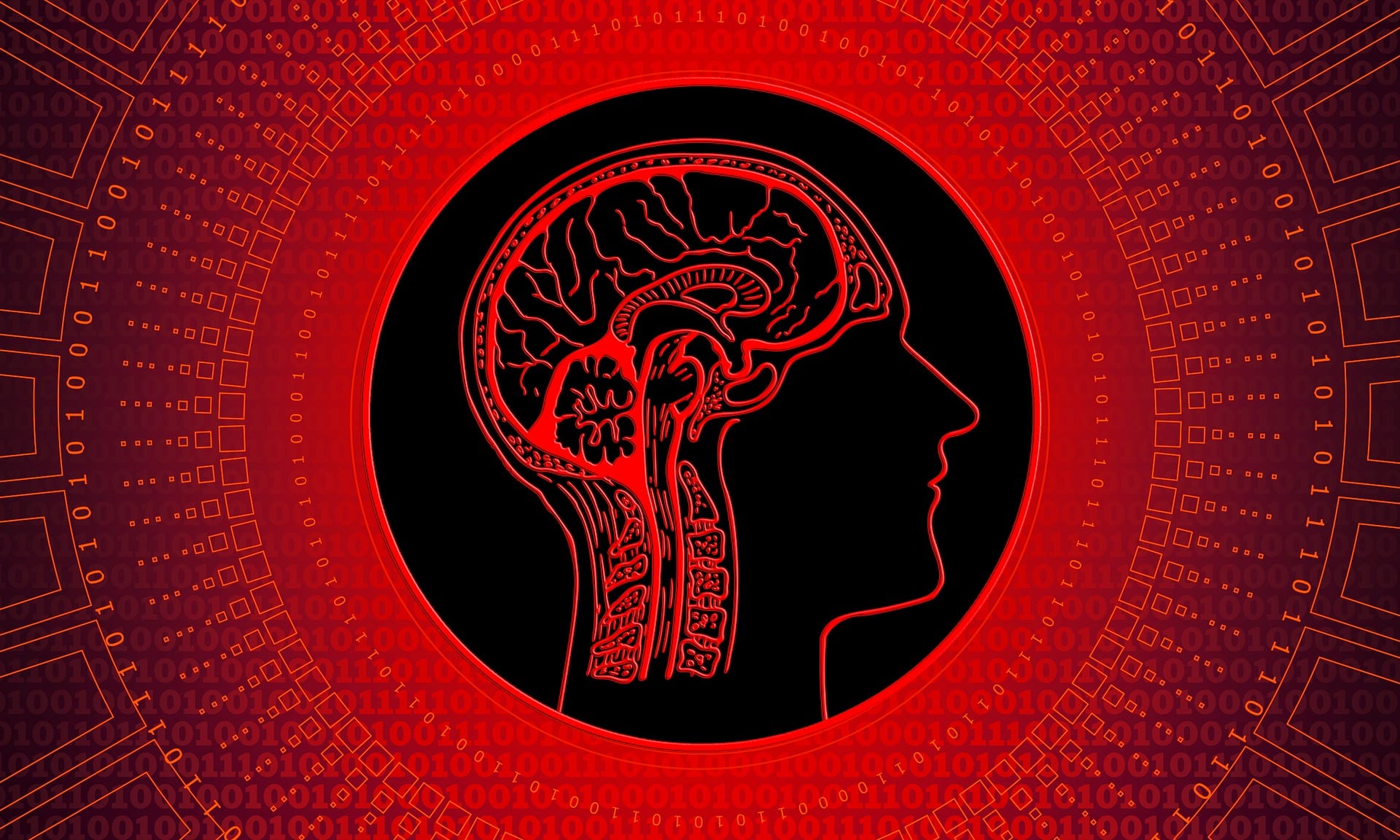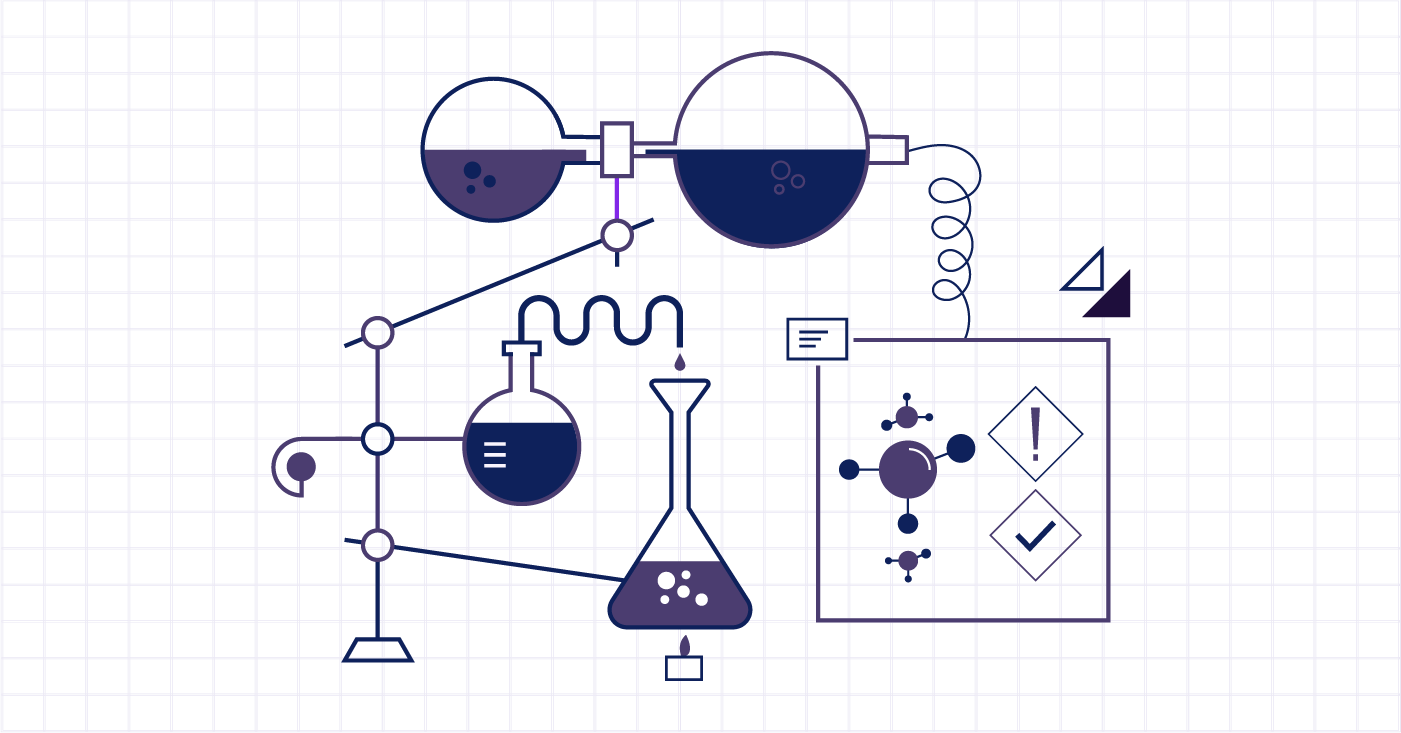Artificial intelligence (AI) is like a sharp tool – it can be helpful, but it can also be harmful if not used correctly. Some experts worry that without proper rules and laws, AI could be used in ways that hurt people. To tackle this concern, human rights groups like Human Rights Watch and Amnesty International teamed up with tech companies and governments to create a set of rules called the Toronto Declaration on Machine Learning.
The Declaration asks engineers and developers to make sure their AI programs are fair and transparent. It aims to stop AI from being used in ways that discriminate against certain groups of people, like in police work or deciding who gets a loan. These algorithms can pick up on biases from the data they’re given, which can lead to unfair outcomes.
The Declaration also says that if someone is harmed by an AI program, they should have a way to get help. It warns that if AI is not used carefully, it could make existing inequalities worse. That’s why it’s important for everyone – both companies and governments – to make sure AI is used in a fair and responsible way.
The Toronto Declaration isn’t a law, but it’s a reminder of the need to be careful with AI. There are some suggestions to help, like including people from different backgrounds when creating AI programs, and making sure AI systems are transparent so they can be held accountable if something goes wrong. These steps can help make sure AI is used in a way that’s fair for everyone.
The outcome of it
The outcome of the Toronto Declaration is that it asks engineers and developers who create algorithms to focus on being fair and transparent. Algorithms are like smart programs that can learn from data and make decisions. Sometimes, they can pick up on biases that people have without even realizing it. This can lead to unfair treatment, like when algorithms are used in things like police work, giving out loans, or showing ads online.
The Declaration wants to put an end to this unfairness. It says that algorithms should be made in a way that treats everyone equally and openly. If someone is hurt by an unfair algorithm, they should have a way to get help. The Declaration is based on international human rights laws, which say that everyone should be treated fairly. So, the Toronto Declaration is a way to make sure that happens, especially when it comes to using artificial intelligence.
As per the declarations:
Existing patterns of structural discrimination may be reproduced and aggravated in situations that are particular to these technologies – for example, machine learning system goals that create self-fulfilling markers of success and reinforce patterns of inequality, or issues arising from using non-representative or “biased” datasets.
All actors, public and private, must prevent and mitigate discrimination risks in the design, development and, application of machine learning technologies and that ensure that effective remedies are in place before deployment and throughout the lifecycle of these systems.
The Toronto Declaration highlights important concerns about how artificial intelligence (AI) and technology can sometimes lead to discrimination. It explains that certain algorithms, which are like smart programs that make decisions based on data, can actually make existing inequalities worse. For example, if these algorithms are designed in a way that favors certain groups of people over others, it can reinforce unfair patterns and make it harder for everyone to have equal opportunities.
To address this issue, the Declaration says that everyone involved in creating and using AI – whether they’re from public or private sectors – should work together to prevent discrimination. This means being careful about how algorithms are designed and making sure they don’t use biased data. It also means having solutions in place to fix any problems that arise from using AI.
The Declaration acknowledges that big companies often use algorithms that can have a big impact on many people’s lives. It emphasizes the need to balance out this discrimination and ensure that AI is used fairly for everyone. While the Declaration isn’t a law, it’s still important because it helps raise awareness about these issues and encourages people to find solutions.
One way to address these concerns is by involving a diverse group of people – from different races, cultures, genders, and socio-economic backgrounds – in the development process of AI technology. This ensures that different perspectives are considered and helps prevent biases from creeping into the algorithms. Another solution is to make the development of AI systems more transparent, so that any shortcomings can be identified and addressed more easily.
Overall, the Toronto Declaration serves as a reminder of the importance of using AI and technology responsibly and ethically. By taking steps to prevent discrimination and promote fairness, we can ensure that these powerful tools benefit everyone in society.





